Welding at home sounds like a professional's game, but with the right equipment, even beginners can create clean, strong joints. Still, choosing the right welding machine is tough when you're faced with so many options.
The best welding machine for home use is a handheld laser welder—it's precise, easy to use, and works on a wide range of materials without the mess or distortion of traditional welders.
Welding machines used to be bulky, complicated, and frankly intimidating. But the game has changed. With new tech, especially handheld laser welding, home users now have real tools that offer industrial-level performance in a compact design. Let’s dive into what makes a good home-use welder—and why laser might be the best path forward.
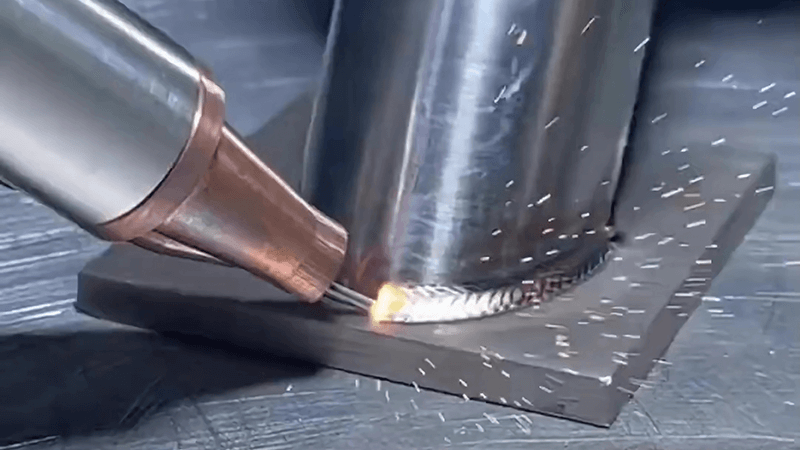
What type of welder is best for home use?
Most people assume MIG or TIG is the only way to go. But those systems often need heavy gear, shielding gas, or a lot of practice. That’s not ideal for home users with limited space or time.
For home use, handheld laser welding machines stand out. They offer cleaner welds, require less prep, and produce less heat distortion compared to traditional MIG or TIG options.
Why laser welding fits better at home
Handheld laser welding machines are surprisingly lightweight and compact. They’re often plug-and-play. You don’t need tanks of gas, complex settings, or deep welding experience to get started.
Unlike arc-based welders, laser machines use a focused beam of energy to fuse metals. This reduces spatter and gives better visual control. You can weld steel, aluminum, brass, and even some alloys with minimal setup.
Comparison of Home Welding Options
| Feature | MIG/TIG Welding1 | Handheld Laser Welding |
|---|---|---|
| Setup complexity | Medium to High | Low |
| Spatter & mess | High | Very low |
| Weld appearance | Requires post-grind | Clean, smooth finish |
| Heat distortion | Common with thin metal | Minimal |
| Learning curve | Steep for TIG | Beginner-friendly |
| Power efficiency | Moderate | High |
| Portability | Often heavy | Lightweight, mobile |
I once worked with a customer in Colorado who was frustrated by TIG welding thin aluminum. He kept getting warped edges and ugly seams. When we set him up with one of our Kirin handheld laser welders, his work turned around. The seams were clean, and he didn’t need to grind or touch up the welds after. It became his go-to tool in the workshop.
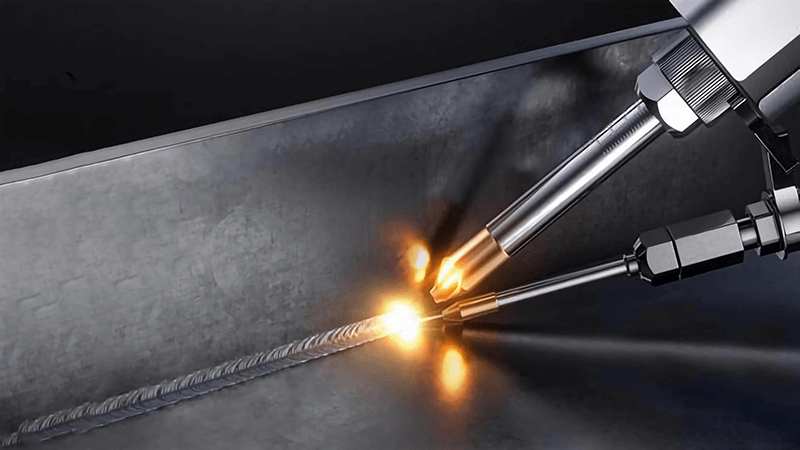
Which welding machine is good for home use?
People often ask for a brand or a model. But the real answer depends on your needs. That said, from a manufacturer’s point of view, some machines clearly offer better value for home setups.
A good welding machine for home use should be compact, safe, efficient, and compatible with the materials you work with. Kirin Laser’s handheld laser welding systems hit all these marks.
Key Features that Make a Machine “Good” for Home Use
From my experience working with distributors and end users, here’s what you should be looking for:
Size and Portability
Space is often limited in home garages. Our handheld laser units2 are designed to be compact—about the size of a small toolbox. You don’t need a separate table or ventilation system like you do with arc-based welders.
Efficiency
Laser welding doesn’t waste energy. It’s more targeted, so you get better welds with less heat input. This is especially useful if you’re welding thin sheet metals or doing delicate fabrication.
Material Range
The Kirin Laser machines3 can weld a wide range of metals. One model can handle stainless steel, carbon steel, aluminum, copper, and more—no switching systems needed.
Plug-and-play
Our laser welding4 machines are simple to use. Plug them in, select basic settings, and start welding. No shielding gas, no foot pedals, no complicated dials.
Table: Kirin Handheld Laser Welder vs. Home MIG Welder
| Feature | Kirin Handheld Laser Welder | Typical Home MIG Welder |
|---|---|---|
| Weight | ~12kg | ~20–30kg |
| Material Support | Steel, Al, Cu, SS | Steel, limited Al |
| Gas Needed? | No | Yes |
| User Setup Time | Under 5 minutes | 10–20 minutes |
| Safety Features | Built-in interlocks, goggles | Requires PPE |
Our Kirin handheld laser welding system was designed with both industrial and personal use in mind. We make it easy for people like you—whether you're a weekend fabricator or an experienced technician—to get pro-level results.
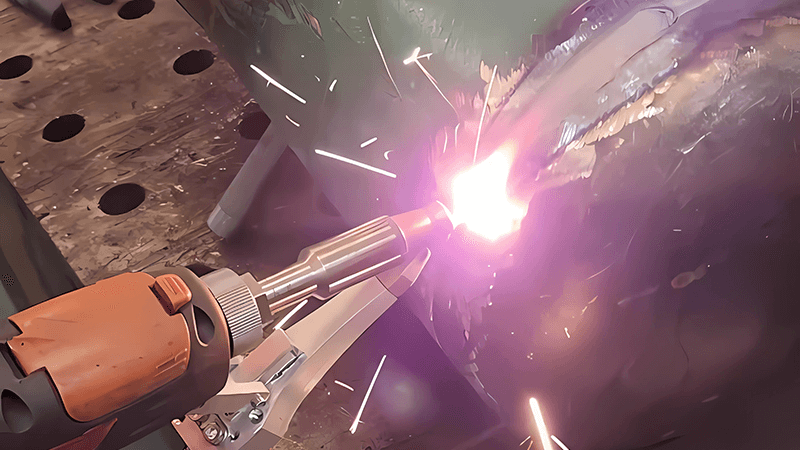
What is the best welding machine for a beginner?
Starting with welding can be overwhelming. Too many machines, too many options. But not all machines are made equal—especially when you're just starting.
The best welding machine for a beginner is one that’s safe, simple, and doesn’t require expert-level technique—Kirin’s handheld laser welder fits that bill perfectly.
Why Laser Makes the Learning Curve Shorter
With MIG or TIG, beginners struggle with wire feed speed, gas mix, electrode control, and arc length. It takes hours of practice. A handheld laser welder5 strips all that away.
Simple controls
Laser machines are controlled via a touchscreen or basic switches. You don’t have to adjust amps, gas flow, or wire tension. Just select your mode—say stainless steel—and you’re ready.
Safer operation
Laser welders don’t spark as much and come with protective gear like filtered goggles. Most of our models have built-in safety shut-offs6 if the nozzle moves too far or if it's not grounded correctly.
No need for post-processing
For new welders, grinding down a rough weld is tiring and time-consuming. With laser welding7, the seam is often smooth enough to skip this entirely.
Lower heat input
That means fewer mistakes and cleaner finishes. Beginners can weld without worrying about burn-through or warped metal. I remember one of our clients—a retired engineer—bought a Kirin welder to build DIY shelves and furniture. He picked it up in a day and never looked back.
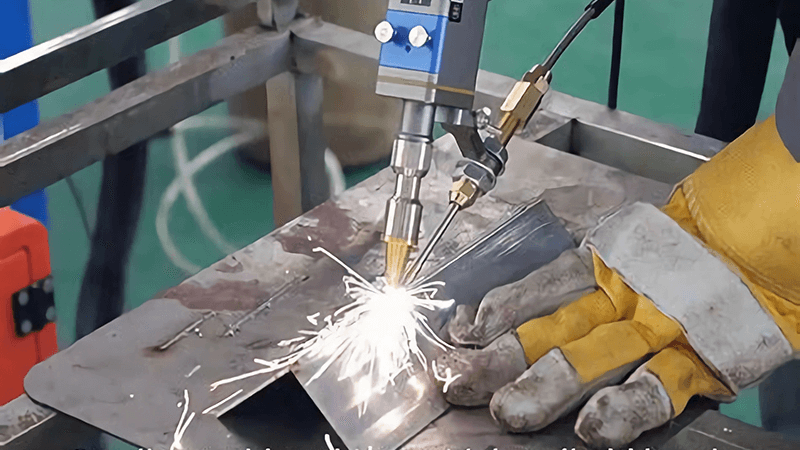
What to look for when buying a welder?
Shopping for a welder can feel like buying a car. Specs, brands, warranties—it’s easy to get lost. But it’s easier when you focus on your real needs.
When buying a welder, look for ease of use, compatibility with your metals, safety, portability, and future support. Don’t buy just on price—buy for performance and reliability.
Buyer’s Checklist: What Really Matters
Here’s how I break it down for our clients and distributors:
1. Material Types
Make sure your welder can handle the metals you actually plan to use. Laser welding handles most metals well. With Kirin, you can switch materials without swapping machines.
2. Input Power
Check the power supply at your home. Most of our laser welders work with standard 220V outlets. You don’t need an industrial hookup.
3. Safety Systems
Don’t overlook this. Lasers can be dangerous if misused. Our systems include safety locks, emergency shut-offs, and certified eye protection gear.
4. Support and Training
Even easy tools need help sometimes. At Kirin, we offer remote setup guidance and training videos. Plus, we provide 1-on-1 tech support for new buyers.
5. Price vs. Value
Cheaper machines save money up front, but cost more in repair, frustration, or poor results. Kirin systems come with warranties and service, and many clients report ROI in under 6 months.
Table: Essential Features to Compare
| Feature | Must-Have? | Kirin Laser Status |
|---|---|---|
| Handles multiple metals | ✅ | ✅ |
| Compact design | ✅ | ✅ |
| No shielding gas needed | ✅ | ✅ |
| Easy to learn | ✅ | ✅ |
| After-sales support | ✅ | ✅ |
| Safety certification | ✅ | ✅ |
When I work with procurement managers like John Smith in the U.S., they’re looking for partners—not just machines. They want long-term reliability8, accessible tech help9, and gear they don’t have to second-guess. That’s what we aim to provide.
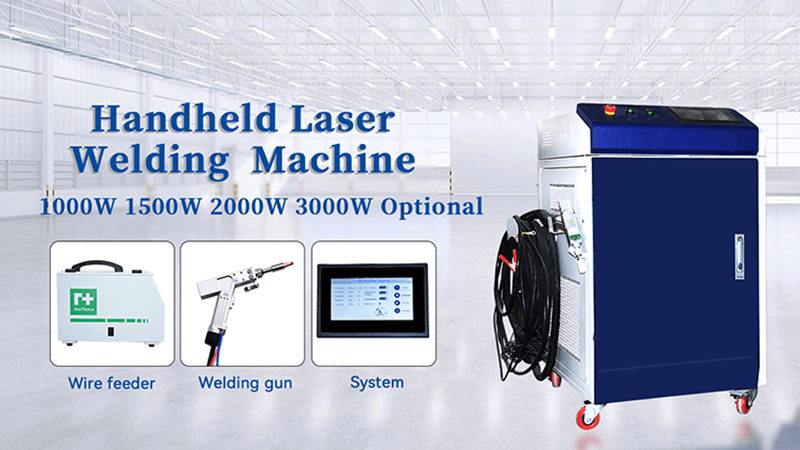
Conclusion
Home welding has changed. You no longer need to settle for messy, hard-to-learn systems. Handheld laser welding machines10—like those we build at Kirin Laser—give you precision, ease, and speed. They’re beginner-friendly, versatile, and ideal for small spaces. Whether you're fabricating shelves or repairing metal parts, investing in the right machine upfront makes all the difference. And from what I’ve seen, once people try laser welding at home, they rarely go back.
-
Understanding the differences between MIG and TIG welding can help you choose the right method for your projects. ↩
-
Explore the advantages of handheld laser units for home use, including their compact size and efficiency, making them ideal for limited spaces. ↩
-
Learn about the versatile capabilities of Kirin Laser machines, which can weld various metals without the need for switching systems. ↩
-
Discover how laser welding offers superior efficiency and precision compared to traditional methods, making it a great choice for home projects. ↩
-
Explore the advantages of handheld laser welders, including ease of use and efficiency, to enhance your welding skills. ↩
-
Learn about the essential safety features in laser welders that protect users and ensure safe operation during welding tasks. ↩
-
Discover how laser welding technology can streamline your projects and reduce the learning curve for beginners. ↩
-
Understanding long-term reliability can enhance your procurement strategy and partner selection process. ↩
-
Exploring this topic can help you ensure your partners provide the necessary support for success. ↩
-
Find the best laser wleding machine and laser welding solutions for your needs from Kirin Laser, and click this link to get all for your business. ↩





